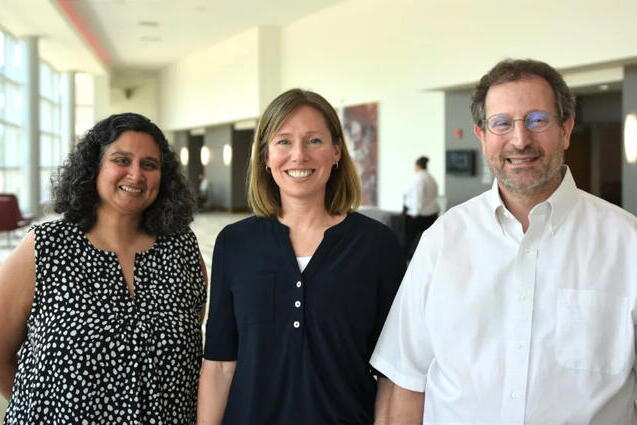The Coming of Age of Miscanthus

Thanks to research breakthroughs by CABBI’s internationally known miscanthus experts and geneticists, this unique plant is poised to be a game-changer on the bioenergy front — and beyond.
This ancient, highly productive, and resilient grass hails from Asia, where it thrives from the tropics of New Guinea to the cold, temperate lands of eastern Russia. Today, miscanthus is an emerging biomass crop grown on roughly 20,000 acres in the eastern half of the United States and used commercially for a multitude of high-value products: fuel for heat and electricity, compostable packaging, pet food fiber, livestock bedding, mulch, erosion control, molded fiber products, and more.
“It’s analogous to maize in the early 1900s,” said Erik Sacks, Professor of Crop Sciences at the University of Illinois Urbana-Champaign and one of the world’s foremost authorities on miscanthus breeding. Maize has been cultivated for thousands of years, but scientists at the turn of the 20th century put together genetic resources and practical knowledge of how to work with it to make it the valuable, high-yielding crop we know today. Similarly, he said, “We’re creating a foundation for miscanthus research and development.”
That foundation is built on a unique collection of miscanthus germplasm, gathered by Sacks and his colleagues around the globe, and several recent breakthroughs by CABBI researchers, including: a reference genome for miscanthus; advances in gene-editing tools; and machine-learning technology that can automatically predict crop traits from drone imagery to speed up phenotyping in CABBI’s miscanthus field trials. Combined, they have enabled new hybrids of the productive perennial Miscanthus × giganteus and new insights about the genetics of key traits, “all happening in parallel,” Sacks said.